This month’s Fujifilm X-Summit has been full of impressive announcements. This incredibly long sports/wildlife lens made for the GFX medium format system shows us Fujifilm means business when it comes to fast-paced photography and capturing subjects far away from your sensor. So how was it?
Surprisingly Light!
When I saw the lens, I immediately thought I was going to hate lugging it around on my shoulder, but boy how wrong I was when I picked it up. It is surprisingly lightweight, partly thanks to the outer shell of the lens being plastic. It’s not glaringly obvious at first, but there are only a few metal parts on the outside of the barrel, like the much-welcome Arca-Swiss style tripod collar. The unit I was given was a pre-production one used by a few other people before me, and it was already displaying scratches and wear. Now, I’m the last person on the planet to care about scratched lenses; see my XF 56mm f/1.2 R I’ve just reviewed. But I do understand there are people out there who do care for their gear. To those, I have one piece of advice: Care for this 500mm a tad more than the rest.
The body of the lens contains a Fujifilm traditional aperture ring starting at f/5.6 and going all the way to f/32, a wide and rubberized focus ring, and a few switches. We get the traditional IS switch, focus distance limiter, and a switch in charge of the four buttons around the front of the lens accessible from whichever angle you’re holding the camera. Those can work as AF-ON button, AF-L, or move the focusing group to a preset distance which can be chosen using the “SET” button underneath the switches.

The aforementioned tripod collar is not removable, but the foot itself can be detached leaving a ¼” thread underneath. The rotation is unlimited and unfortunately lacks stops at 90 degrees. At least it is Arca-Swiss capable. The large lens, with its rubberized front, has a small window for your polarizers on the bottom as well as two very distinctive “FUJINON” logos on each side. The front thread is 95mm, and as with every other GF lens, the 500mm is weather-resistant.
Sharp Enough For 102 Megapixels, Sharp Enough For Anybody
I’ve used the lens for about a week exclusively on a GFX 100S II body with its new and sexy 102-megapixel BSI CMOS sensor which leaves very little room for optical errors and imperfections. Luckily, there were none! I have scoured all of my photographs in and out. I zoomed in at 200%, looked at the edges, and searched for fringing, LoCA, chromatic aberrations, and even ugly bokeh artifacts. I still have yet to see any. When I shot a picture of a tiny bird in the distance and zoomed in at 100%, I was stunned by the sheer amount of detail captured. All of its feathers were on full display, the pattern in its eye was clear, and even some loose hairs inside of its beak showed up.
The lens is clearly made with extreme precision. Shooting small animals at a long distance is no issue as the sensor offers enough resolution that the lens can capture that when you need to crop in significantly to fill the frame, you can. No need to fear any drastic loss in quality. It is truly impressive considering the weight of the lens and the size. When I showed it to a few of my colleagues, they suspected a Phase Fresnel lens somewhere within the construction, but it does not seem to be the case.

Linear Motors Focus Fast, Within Reason
I do have to put up a little disclaimer. I was given pre-production units of both the GFX 100S II body as well as the lens. The retail version might behave differently. Better even. That being said, my week with the set was very satisfying. The lens did focus fairly well once the camera acquired the subject. Tracking was a non-issue. It did struggle a bit when the subjects moved fast towards the camera or away from it. I can’t with 100% certainty claim whether it was the camera’s algorithm, the lens’ AF motor, or the pre-production firmware, but it’d be disingenuous if I hadn’t mentioned it. In my experience, it is better to let the equipment speak for itself in these regards. I’ve only had the lens for a week, and I managed to capture some nice and detailed shots of local wildlife, both in the parks of Prague and in the outdoors of South Bohemia, where I took it with me to the forests around the historic Hussite city of Tábor. I’m no wildlife photographer. My best work consists of street, documentary, weddings, and portraits. And if a beginner like me managed to capture these, in the hands of a seasoned wildlife photographer the shots could be outstanding!
What I Liked
- Lightweight build
- Fairly compact
- Wide focus ring
- AF buttons all around the front barrel
- Aperture ring
- Focus distance limiter
- Perfect image quality
- Minimal issues with direct sunlight
- Silent motors
- Weather resistance
- Arca-Swiss tripod collar
What I Disliked
- Plastic on the outside
- Lack of 90-degree stops on the tripod collar
Fujifilm Is Serious About This
Back in 2023 when Fujifilm announced the GFX100 II in Stockholm, Sweden, they repeated many times that their medium format mirrorless cameras are now capable of shooting sports and wildlife. But back then, their longest native lens was the GF 250mm f/4 R LM OIS WR. Yes, it is capable of accepting the 1.4x teleconverter, but it is still not enough for serious bird photography. The GF 500mm f/5.6 R LM OIS WR is here to change that and to take the GF system to a wholly different realm of photography. From what I’ve seen, it seems to also be capable of accepting the teleconverter for an even longer reach at the cost of aperture. But even without the teleconverter, its full frame equivalent of 395mm is more than capable of capturing the tiniest detail on even the smallest birds.
I thank Fujifilm for experimenting and taking risks. This one has paid off. I had a ton of fun with the lens and the camera.





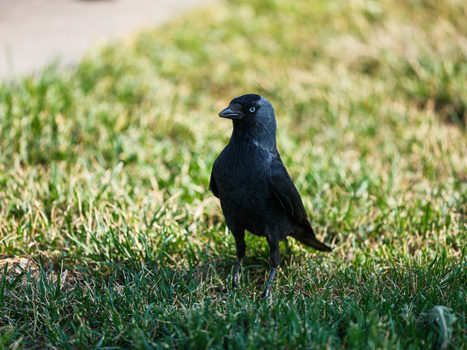
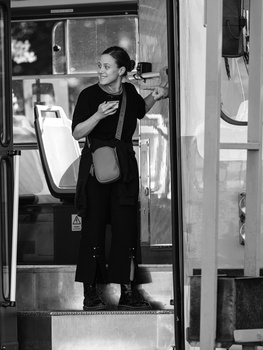
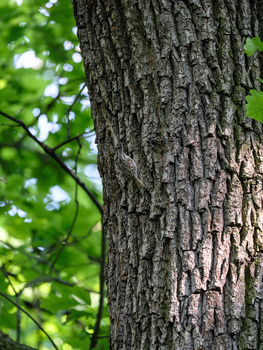
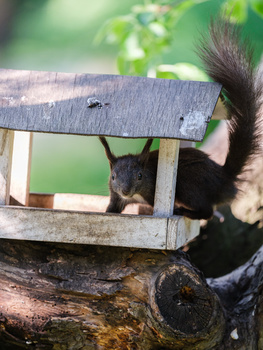
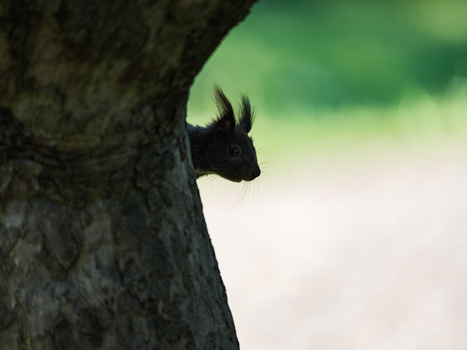
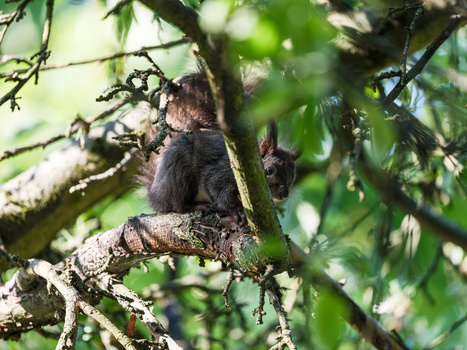
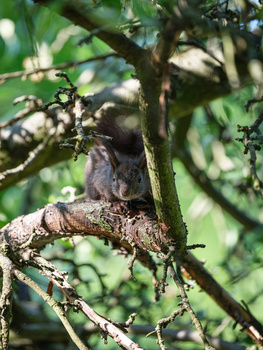
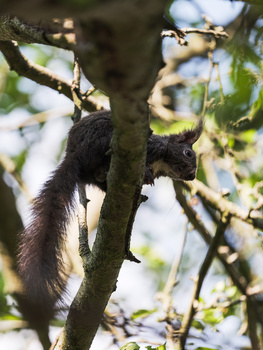
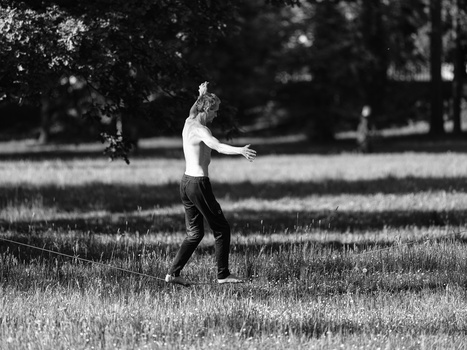

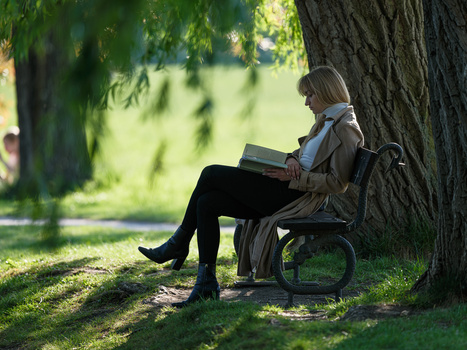
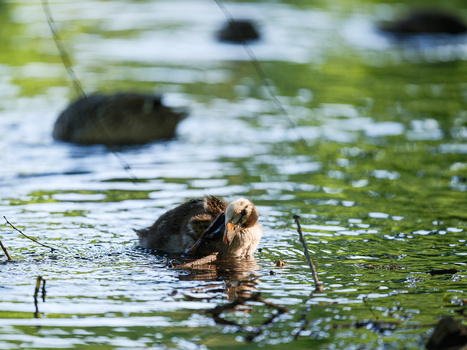

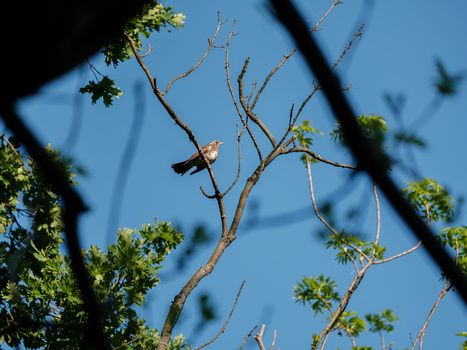
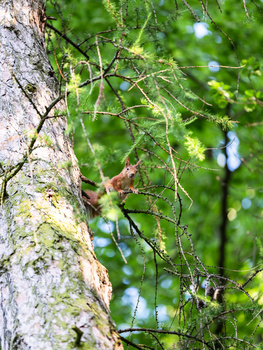
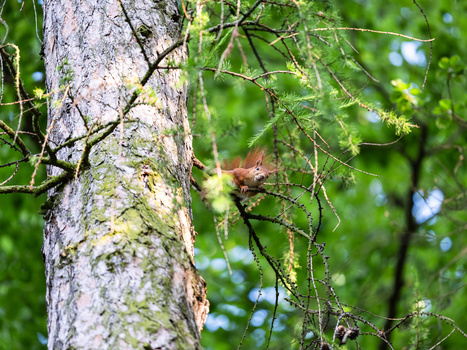

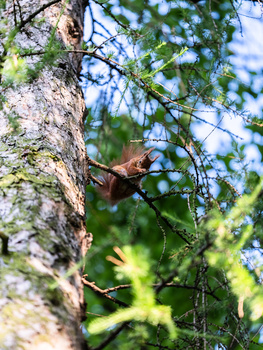
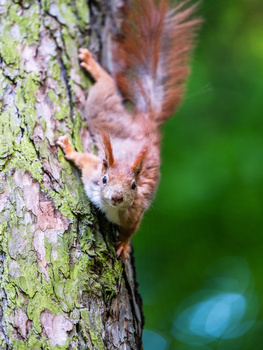
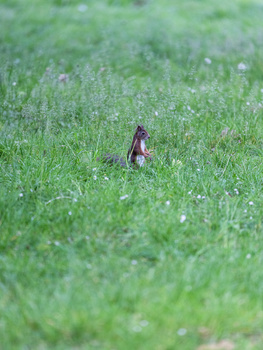
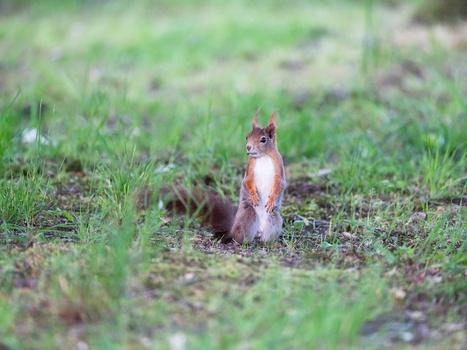
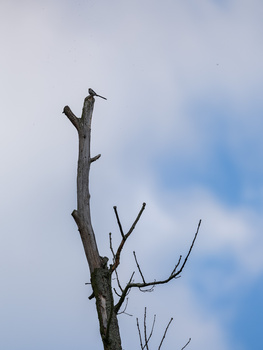
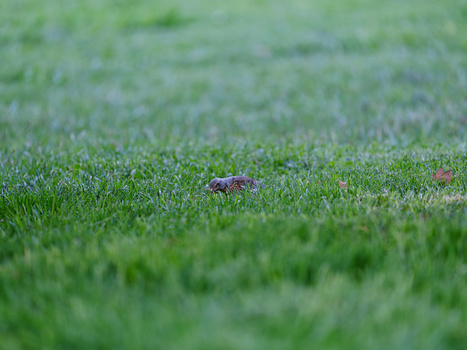
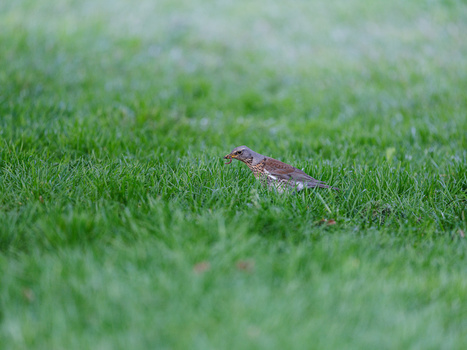

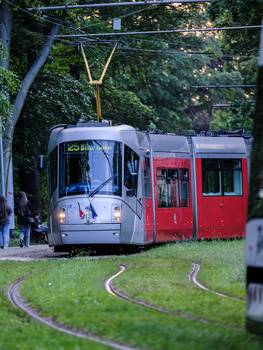
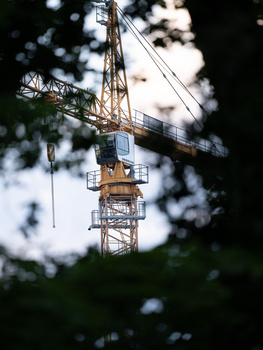
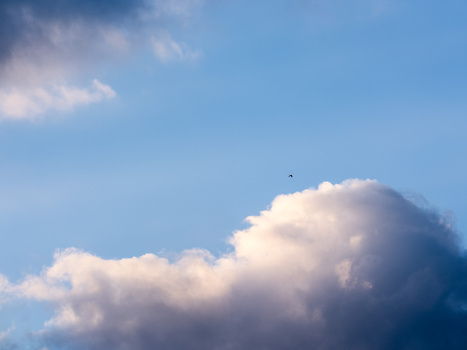
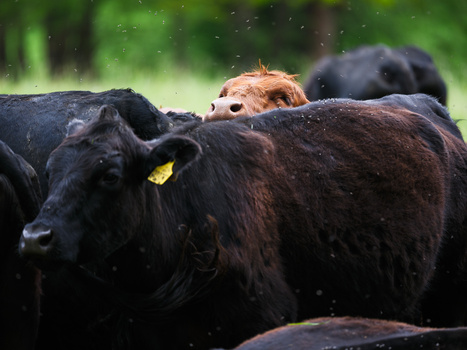

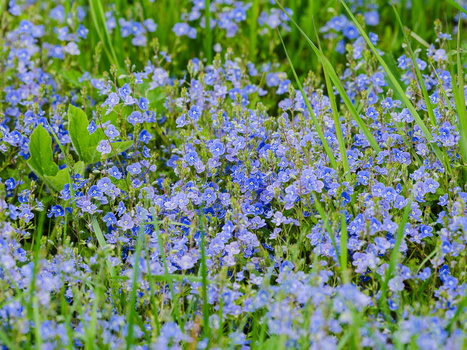


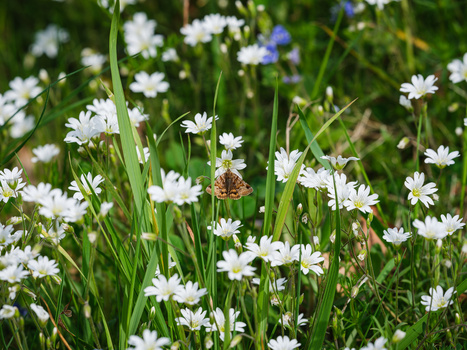
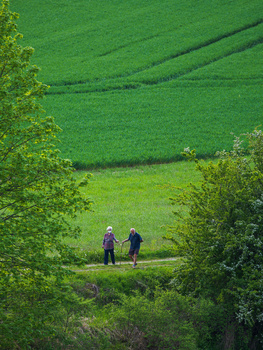
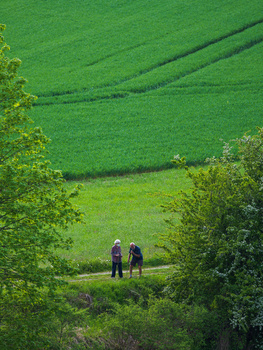
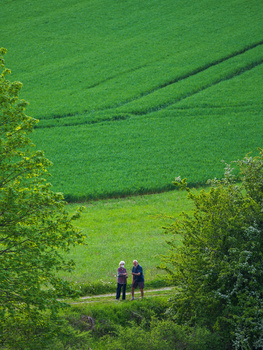

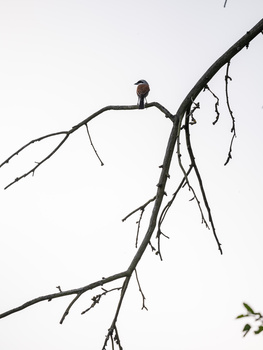


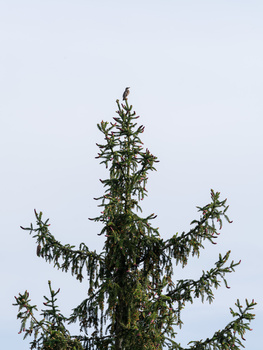
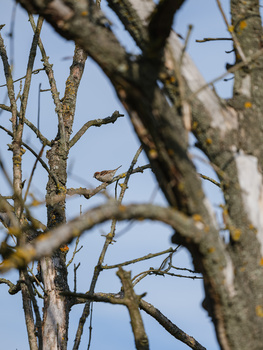






I'm really impressed with the price of that lens. I was expecting it to be twice that price.